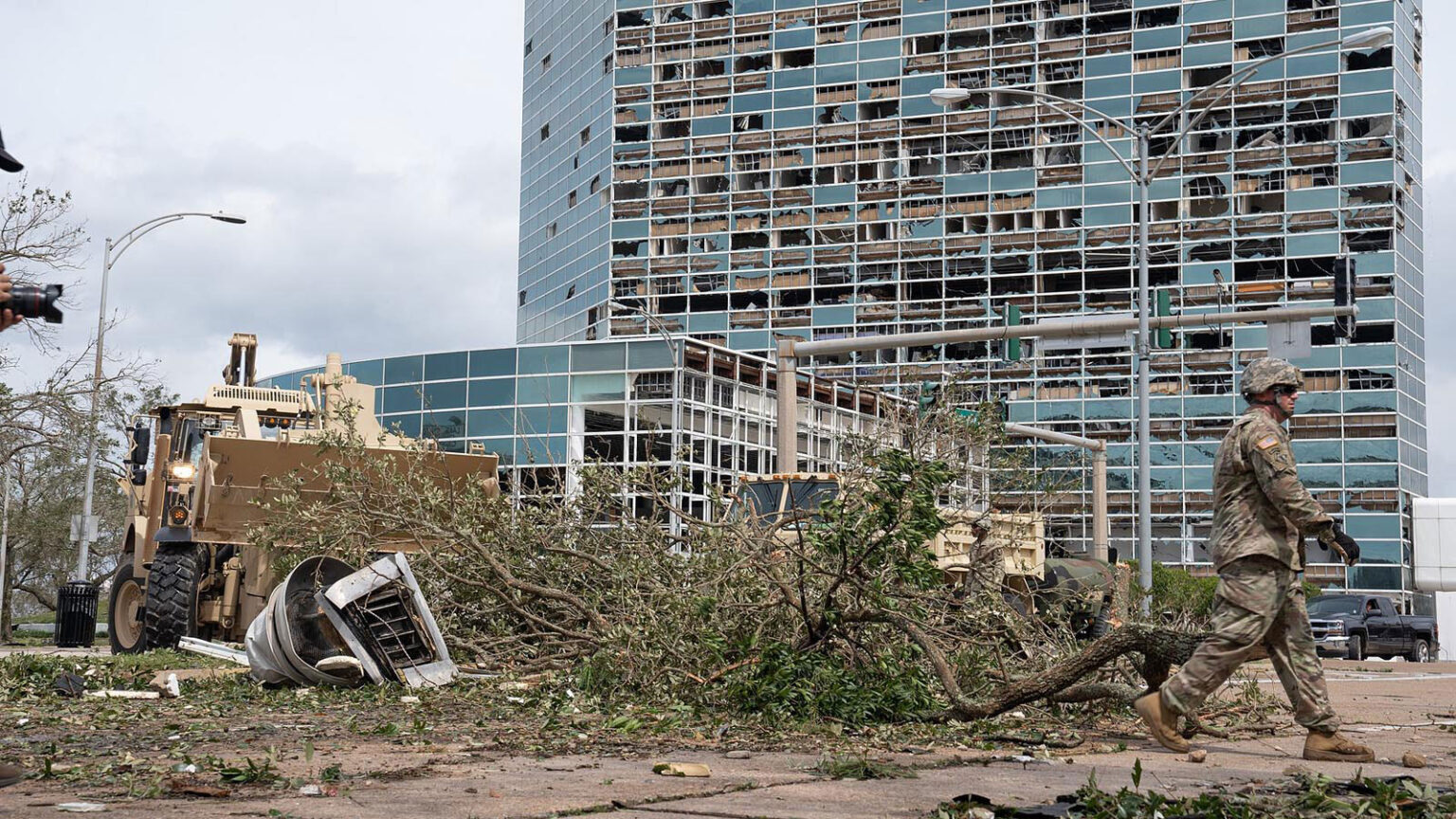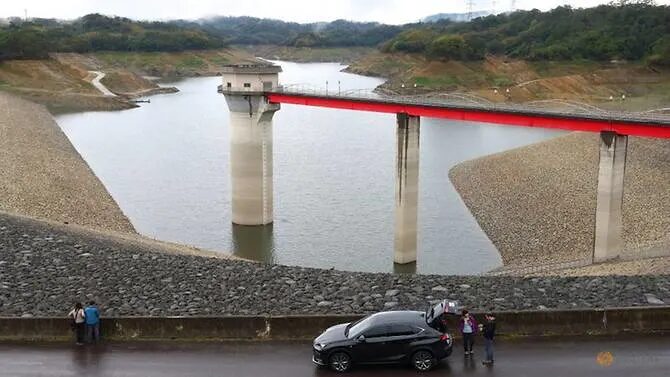
© Josiah PughNational Guard troops respond in the aftermath of Hurricane Laura in Lake Charles, Louisiana. Laura was Earth’s most expensive tropical cyclone of 2020, with $18.2 billion in damage.
, the most such disasters ever recorded after adjusting for inflation, said insurance broker Aon (formerly called Aon Benfield) in its
annual report issued January 25.
The previous record was 46 billion-dollar weather disasters, set in 2010 and 2011. The annual average of billion-dollar weather disasters since records began in 1990 is 29.
The combined economic losses (insured and uninsured) from all 416 weather and earthquake disasters cataloged by Aon in 2020 was $268 billion (2020 USD). Most of the 2020 total, by far, came from weather-related disasters ($258 billion), 29% above the 2001-2020 inflation-adjusted average. Those numbers make 2020 the fifth costliest year on record for weather-related disasters.
The year was the most expensive ever for severe weather (including severe thunderstorms, tornadoes, and hail), with $63 billion in damage (previous record: $53 billion in 2011).
More than 80% of the severe weather damage occurred in the U.S. in 2020, including the costliest severe weather outbreak in world history, according to Aon: an August 2020 event that featured a violent derecho in the U.S. midwest that caused $11 billion of the $12.6 billion in damage of the outbreak, the balance caused by tornadoes, hail, and other severe thunderstorms.
Insured damage from wildfires in 2020 was $12 billion - the third highest on record, behind only 2017 and 2018. The year 2020 marked the third time in the past four years that global insured losses from wildfires exceeded $10 billion - a threshold never crossed prior to 2017. Remarkably, wildfire has caused more than $70 billion in insured losses since 2000, 75% of that in the past five years alone.


Comment: Since 2015 Europe suffering worst droughts in two thousand years
Crop and cattle losses are on the rise everywhere, whether it is due to extensive drought, massive hail, epic flooding, huge dust storms, unexpected frosts, and even epidemics. See also: